Forums
- Forums
- Duggy's Reference Hangar
- Luftwaffe Library
- Arado AR 95
Arado AR 95
Post a reply
- Go to Previous topic
- Go to Next topic
- Go to Welcome
- Go to Introduce Yourself
- Go to General Discussion
- Go to Screenshots, Images and Videos
- Go to Off topic
- Go to Works in Progress
- Go to Skinning Tips / Tutorials
- Go to Skin Requests
- Go to IJAAF Library
- Go to Luftwaffe Library
- Go to RAF Library
- Go to USAAF / USN Library
- Go to Misc Library
- Go to The Ops Room
- Go to Made in Germany
- Go to Campaigns and Missions
- Go to Works in Progress
- Go to Juri's Air-Raid Shelter
- Go to Campaigns and Missions
- Go to Works in Progress
- Go to Skinpacks
- Go to External Projects Discussion
- Go to Books & Resources
-
3 years agoSat Oct 12 2024, 07:42pmDuggy
 Main AdminThe Arado 95 was designed in 1935 as a single-engine two-seat seaplane, for coastal patrol, reconnaissance and light attack roles.
Main AdminThe Arado 95 was designed in 1935 as a single-engine two-seat seaplane, for coastal patrol, reconnaissance and light attack roles.
Although not ordered by the German forces, the Ar 95 saw service with the Luftwaffe in small numbers by virtue of the war preventing the dispatch of certain export orders.
The first prototype, Ar 95 V1 (D-OHEO c/n 946), was powered by a 690 hp Junkers Jumo 210 twelve-cylinder liquid-cooled inverted V-engine and flew in 1936.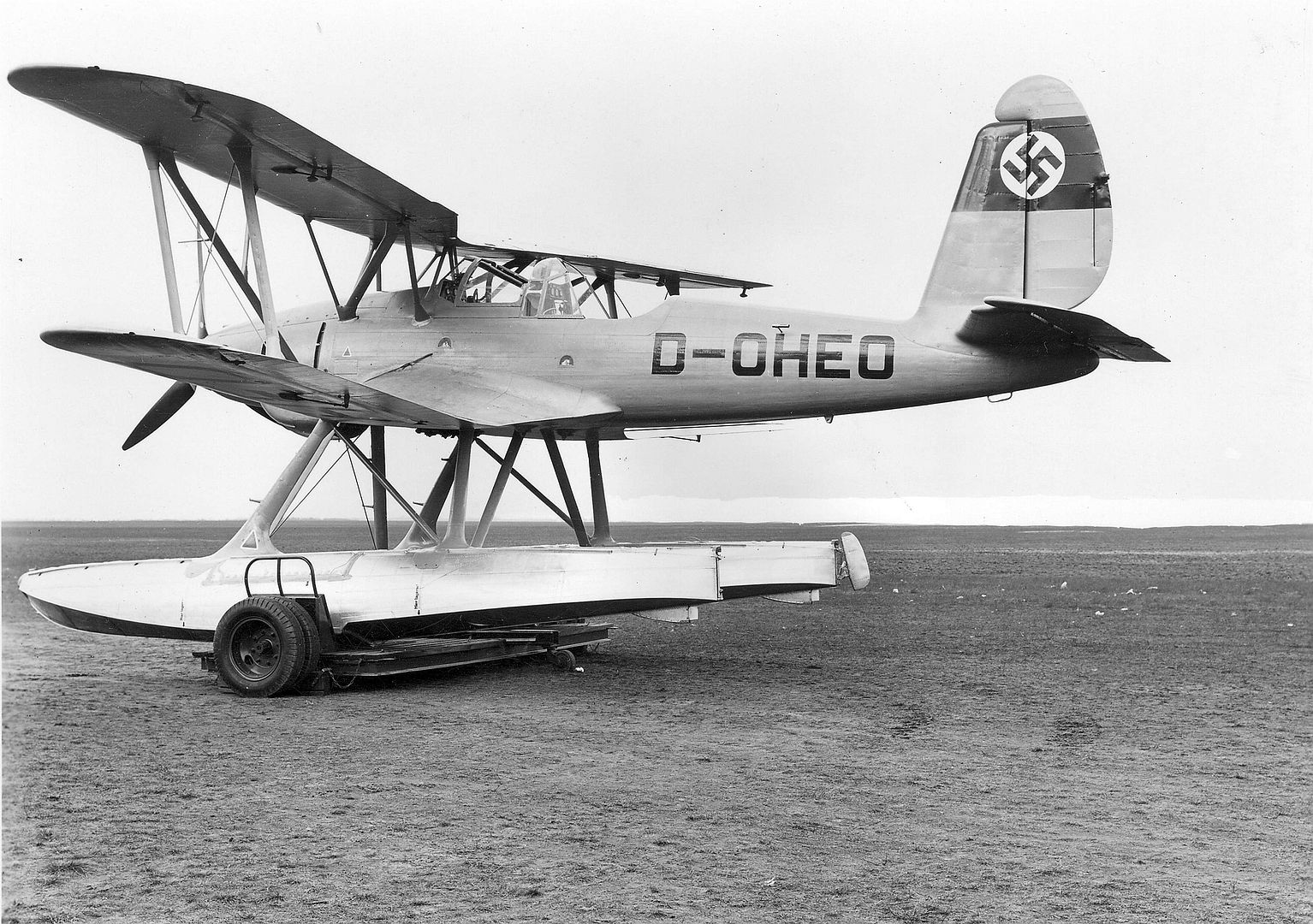
The second prototype, Ar 95 V2 (D-OLUO c/n 947), was powered by an 880 hp BMW 132 Dc nine-cylinder radial engine. These aircraft competed with the two prototypes of the Focke-Wulf Fw 62 which were of similar configuration but were both powered by BMW radial engines, the Fw 62 V2 having a central main float and two outrigger floats. The radial-engined Ar 95 V1 appears to have emerged from the trials as the most promising and six aircraft of this type were sent for trials with the Condor Legion in August 1938 in that universal testing ground, the Spanish Civil War. This trial batch of Ar 95s was probably made up of prototype and pre-production aircraft.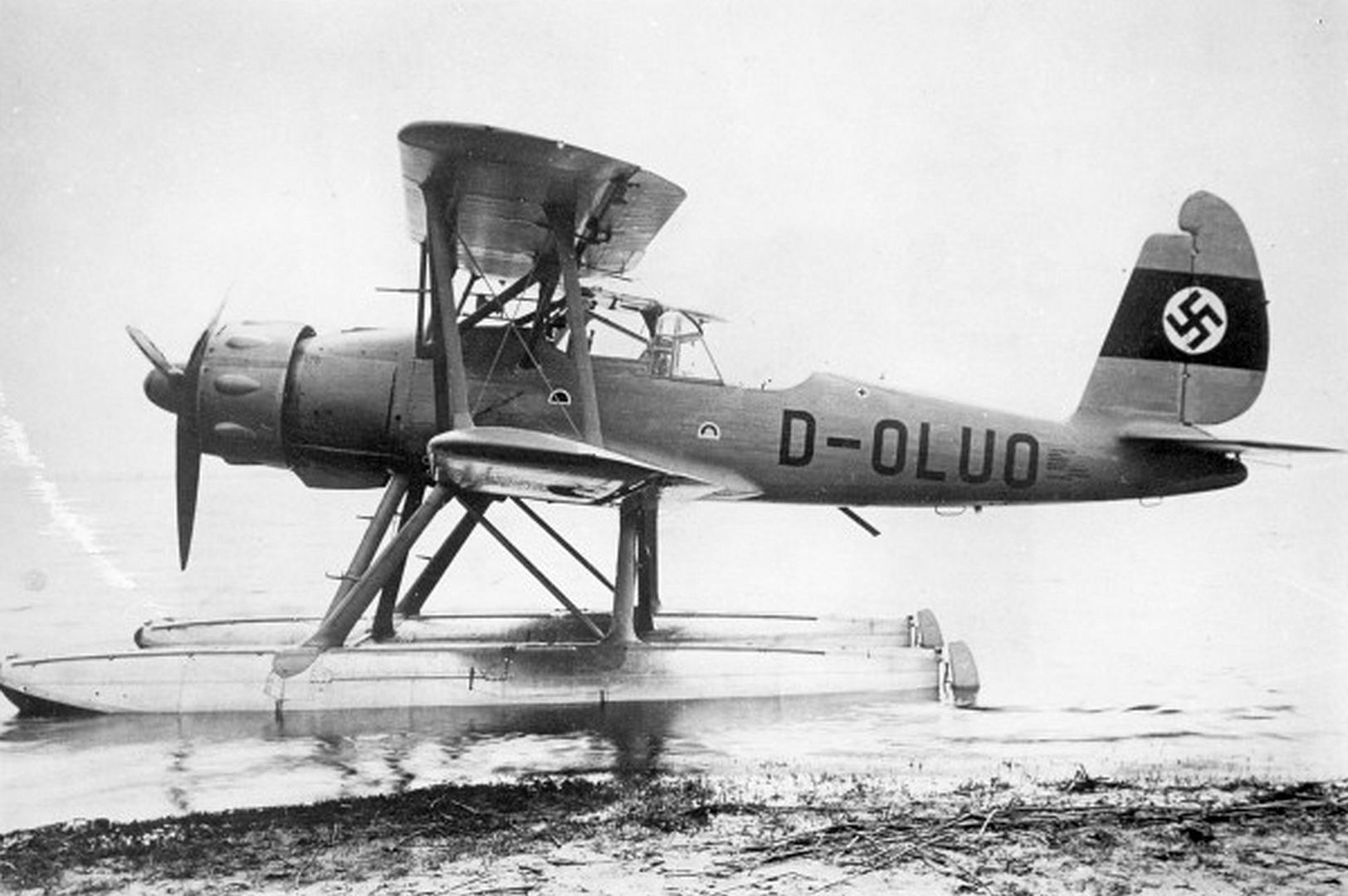
The production prototype Ar 95 V3 (D-ODGY c/n 948), had a long canopy over both cockpits, with the aft end left open for the gunner. Armament comprised a 0.311 in (7.9 mm) machine gun fixed to fire forward and a similar weapon for the rear cockpit, and a 1,544 lb (700 kg) torpedo or various bomb loads could also be carried. All-metal construction was used and the single-step floats were braced to the lower wings and the fuselage. The parallel-chord wings had slightly positive stagger and a 6° sweepback, the lower wing having its inboard sections increased in chord and thickness, while for the upper wing, braced above the fuselage, the reverse was true.
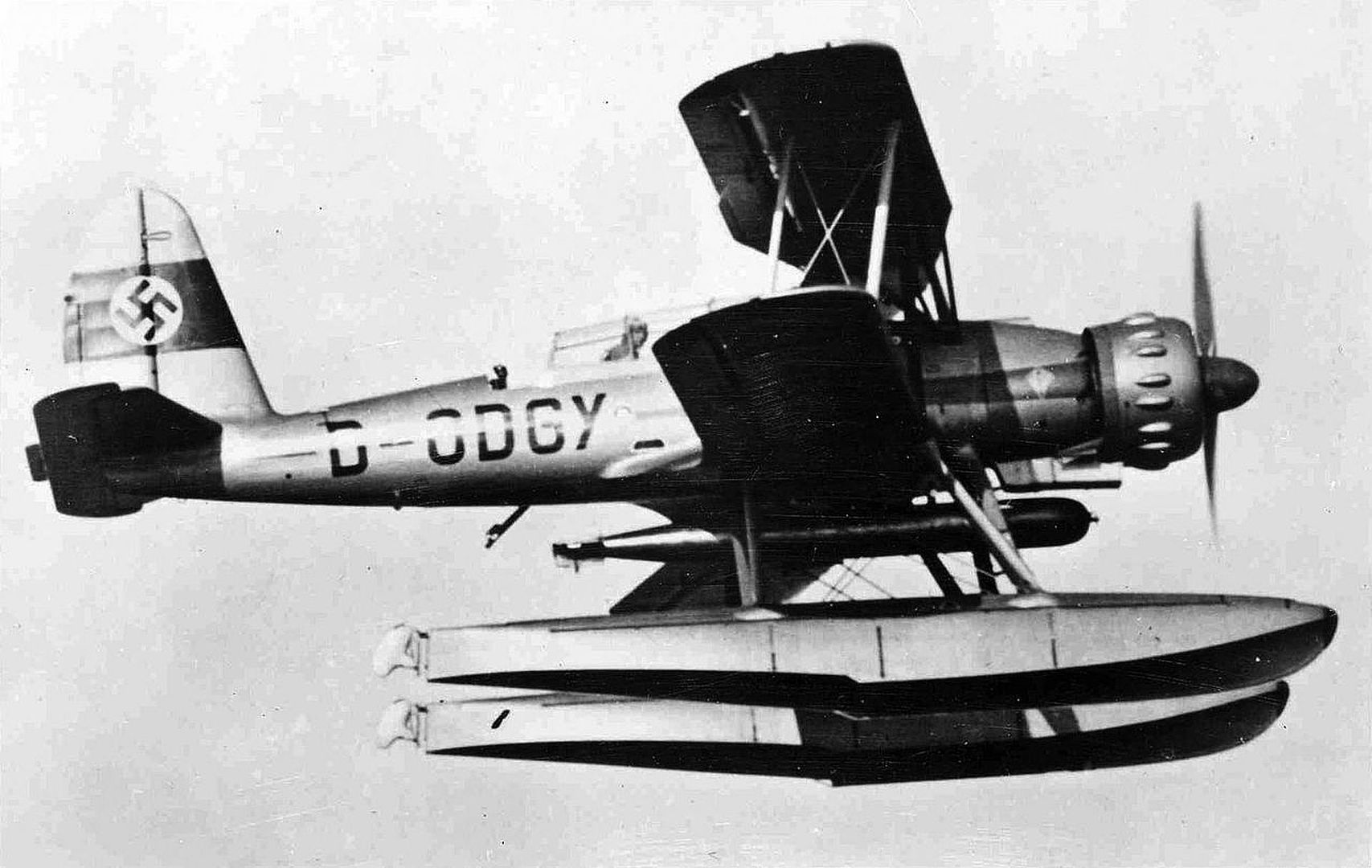
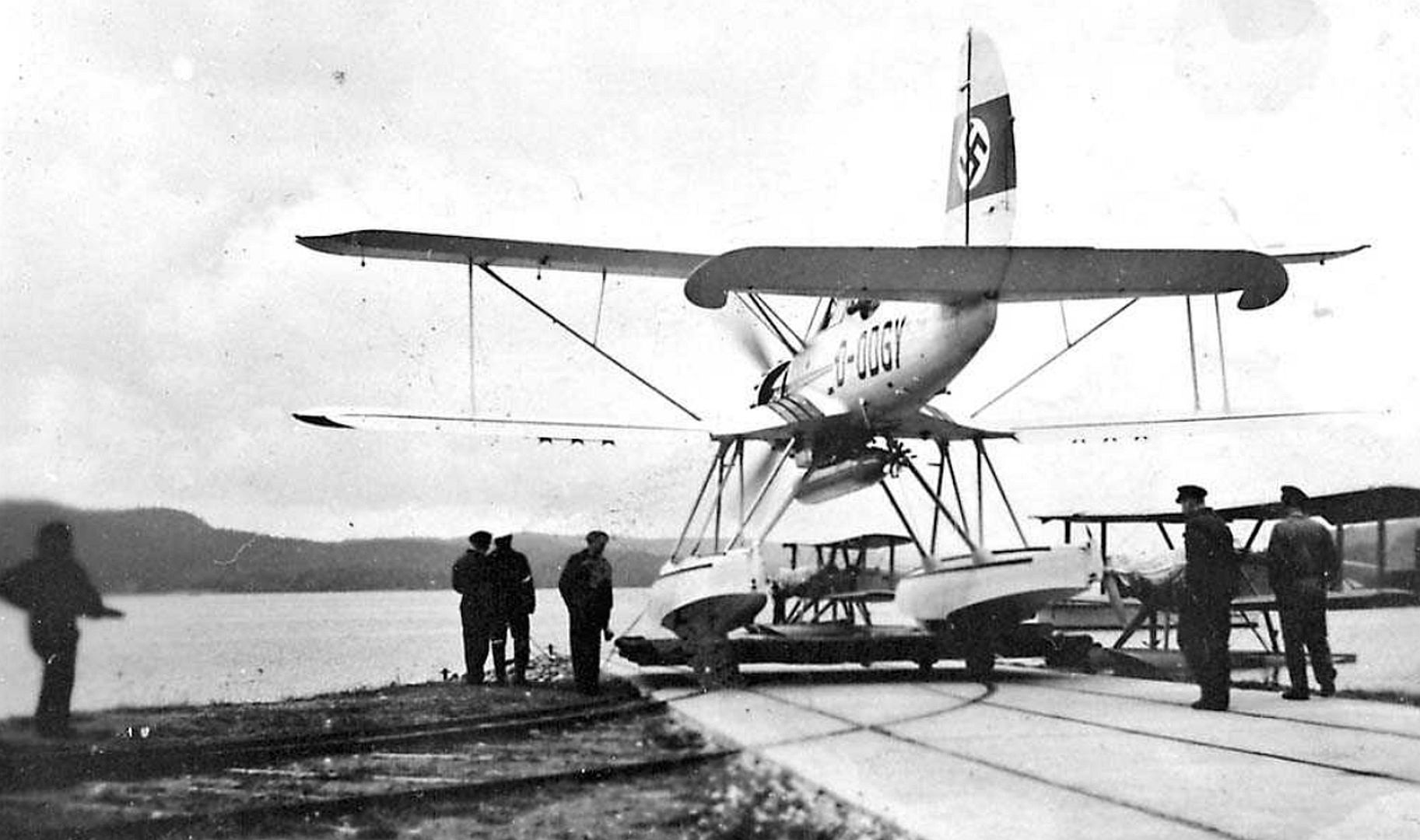
.-1.jpg?width=1920&height=1080&fit=bounds)
.-4.jpg?width=1920&height=1080&fit=bounds)
..jpg?width=1920&height=1080&fit=bounds)
.-2.jpg?width=1920&height=1080&fit=bounds)
.-5.jpg?width=1920&height=1080&fit=bounds)
.-3.jpg?width=1920&height=1080&fit=bounds)
The fourth prototype, Ar 95 V4 (c/n unknown) had a non-retractable land landing gear with trouser fairings around the main legs and a fairing over the tail wheel, this became the prototype for the proposed Ar 95 B.
The Fifth prototype, Ar 95 V5 (c/n unknown), was (D-OHGV) - floats, three-seater aircraft, model for the serial production version Ar 95 A.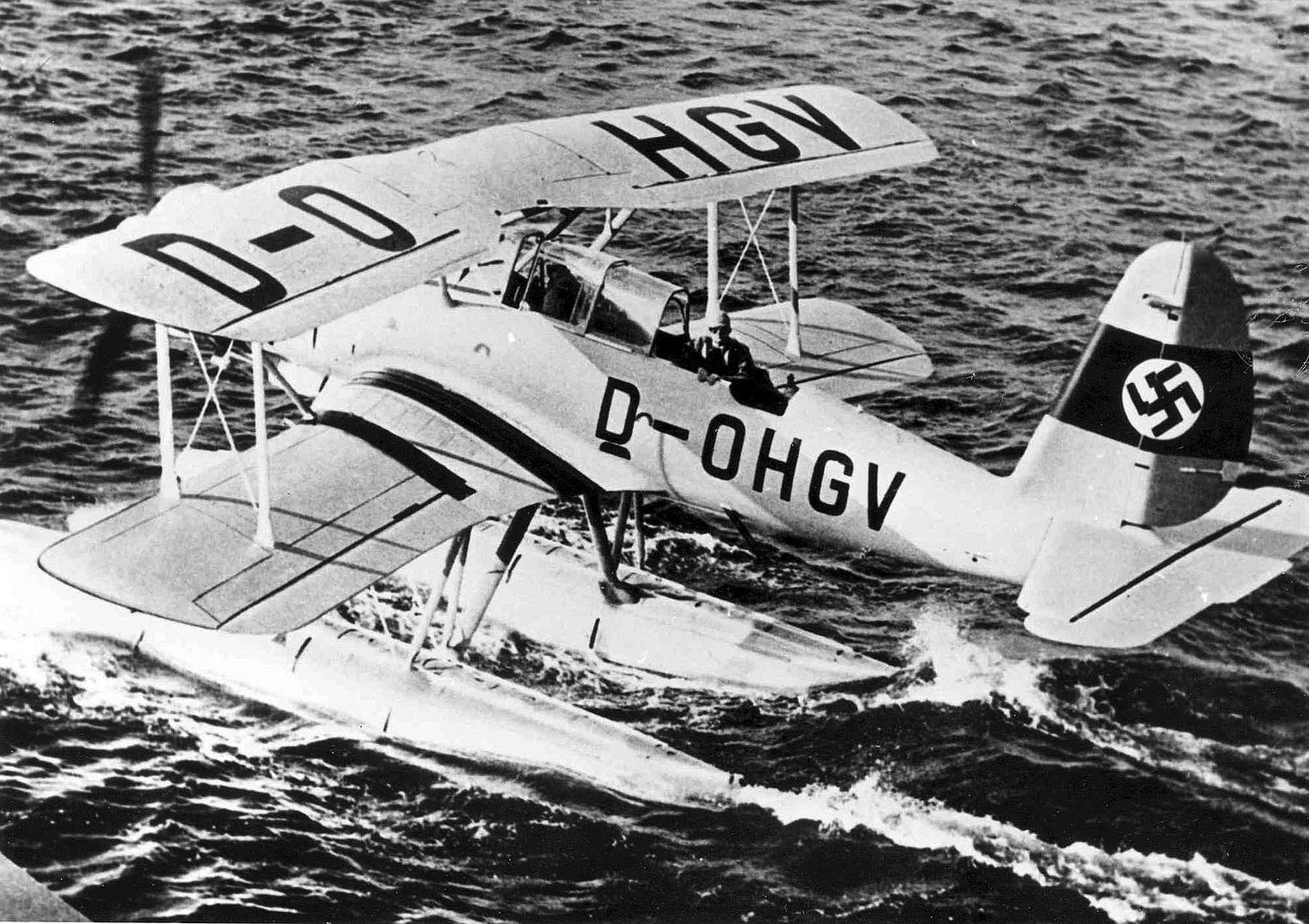
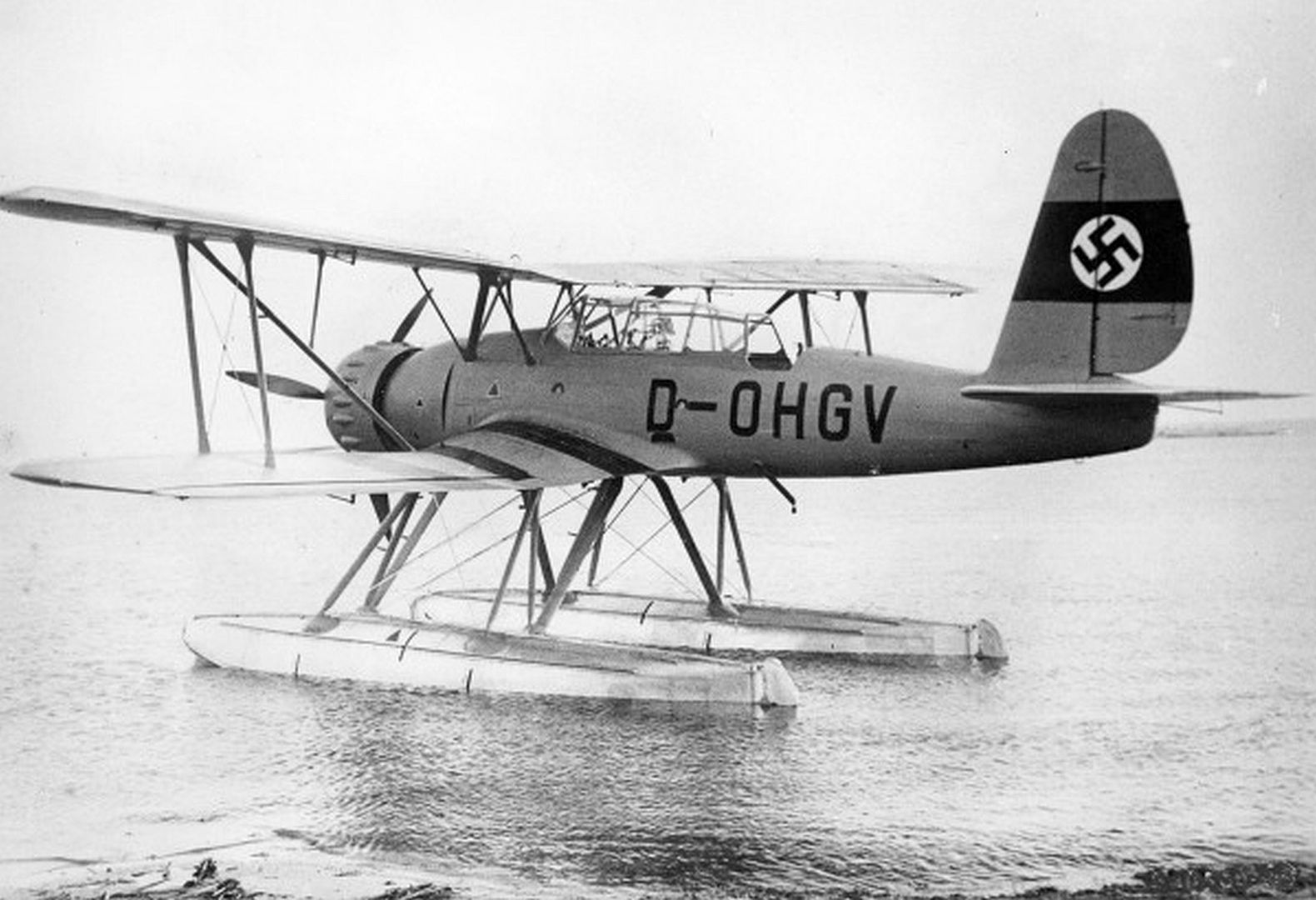

During testing, all five prototypes showed much lower predetermined characteristics. When it became clear that the Ar 95 would not be ordered for the German forces, the type was offered for export in two forms, as the Ar 95 W with floats or the Ar 95 L with the fixed land landing gear. In 1938, Turkey ordered the Ar 95 W and Chile ordered the Ar 95 L, but only the Chilean aircraft were delivered before the outbreak of the WW II. The floatplanes intended for Turkey were then completed and put into Luftwaffe service with the designation Ar 95 A.
In Luftwaffe service, the Ar 95 A was used chiefly for training purposes in the SAGr (Seeaufklärungsgruppen, Sea Reconnaissance Groups), the units concerned originally being 2./SAGr 125 and all three Staffeln (Squadrons) of SAGr 126. By early 1943 the Ar 95s were transferred to SAGr 127, but from the end of that year until late 1944 only 1./SAGr 127 operated the type."
Below with the Condor Legion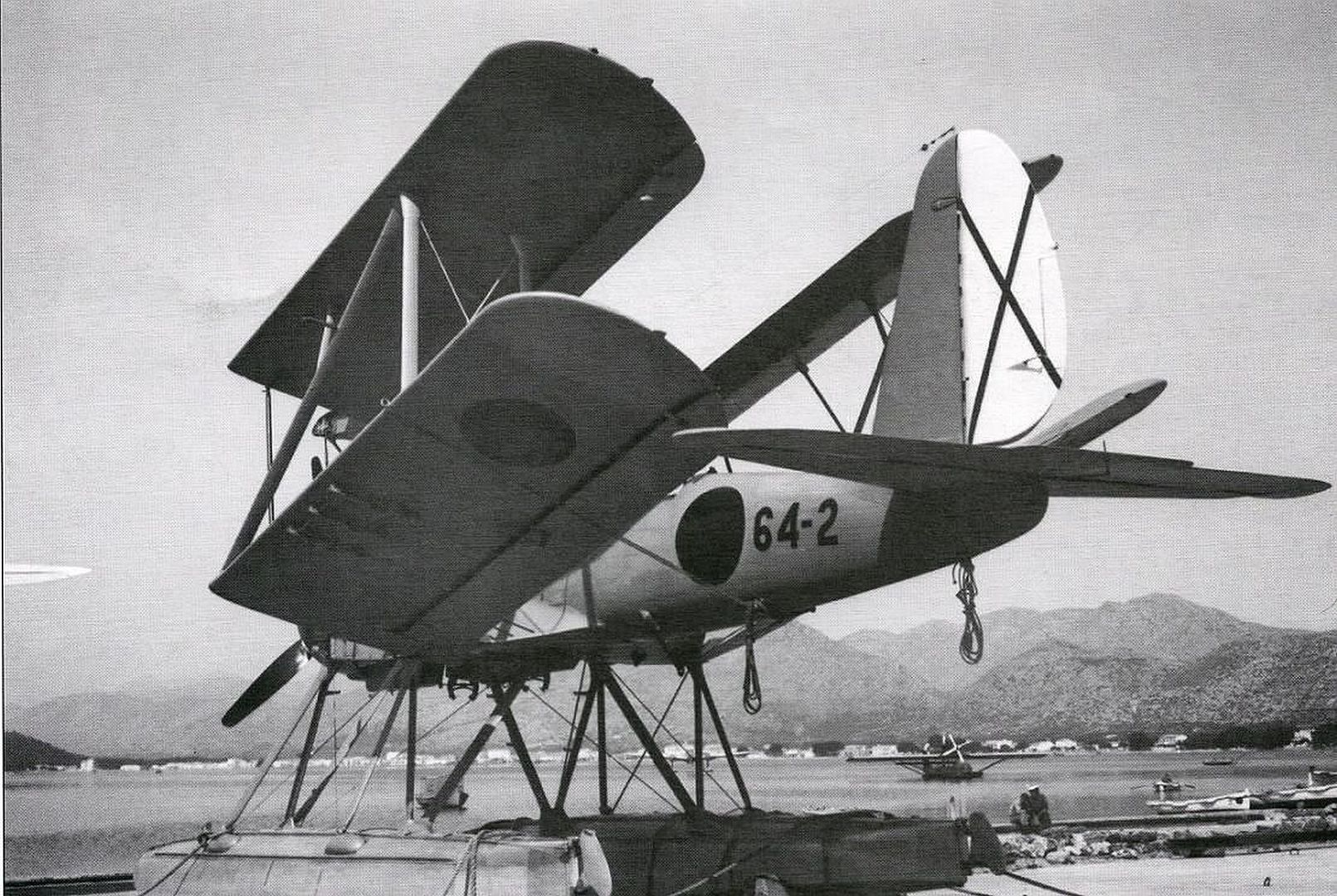
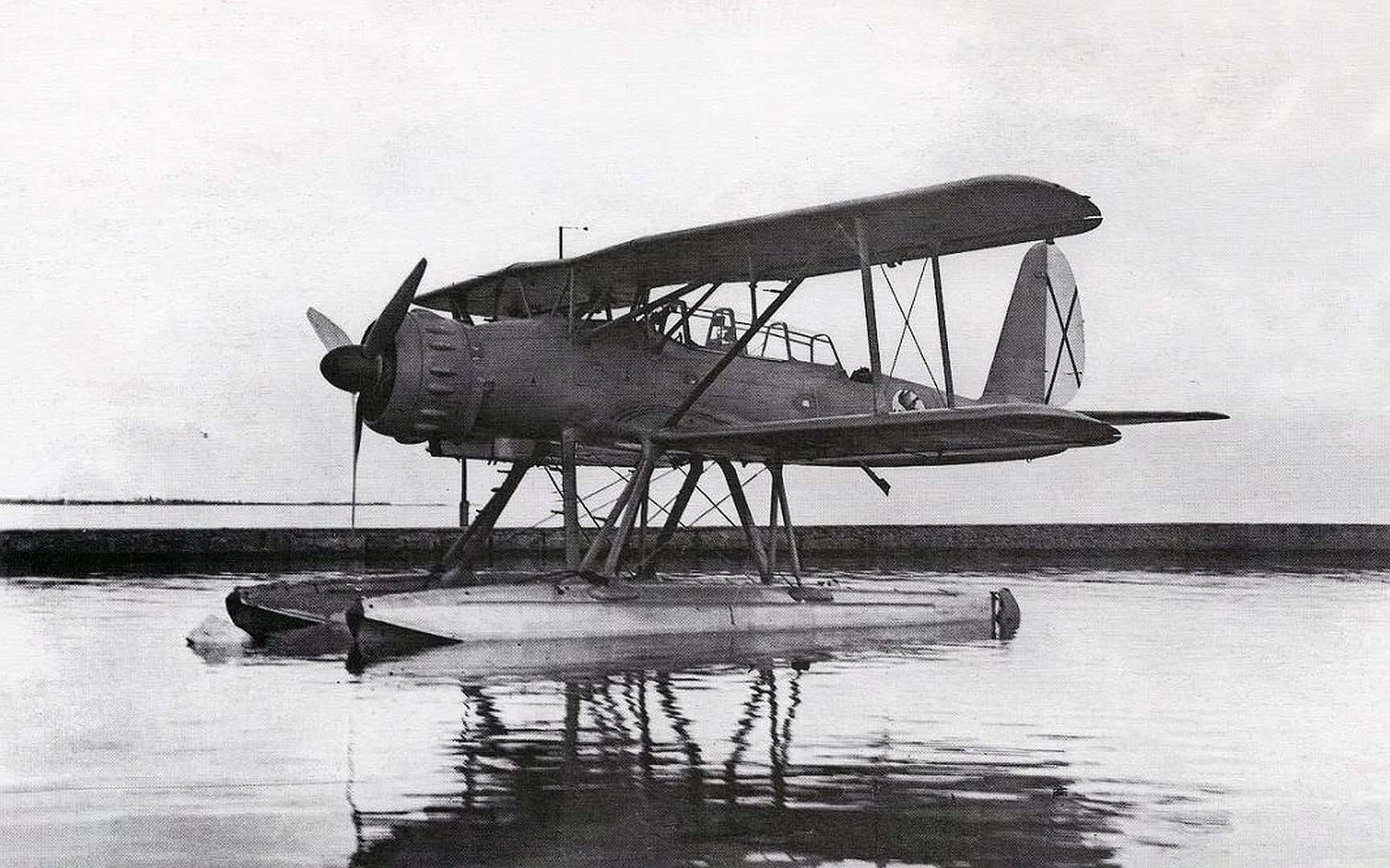
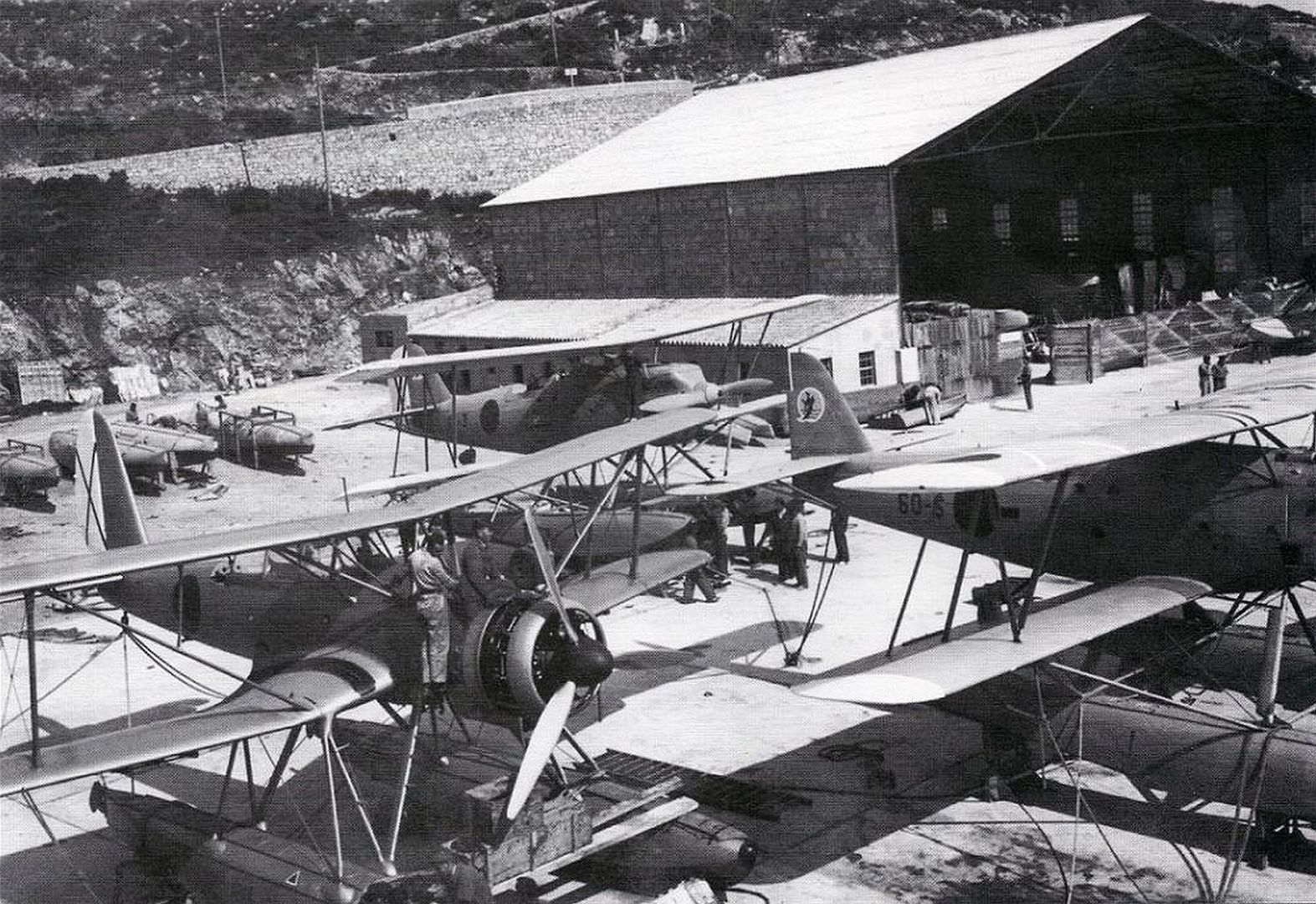
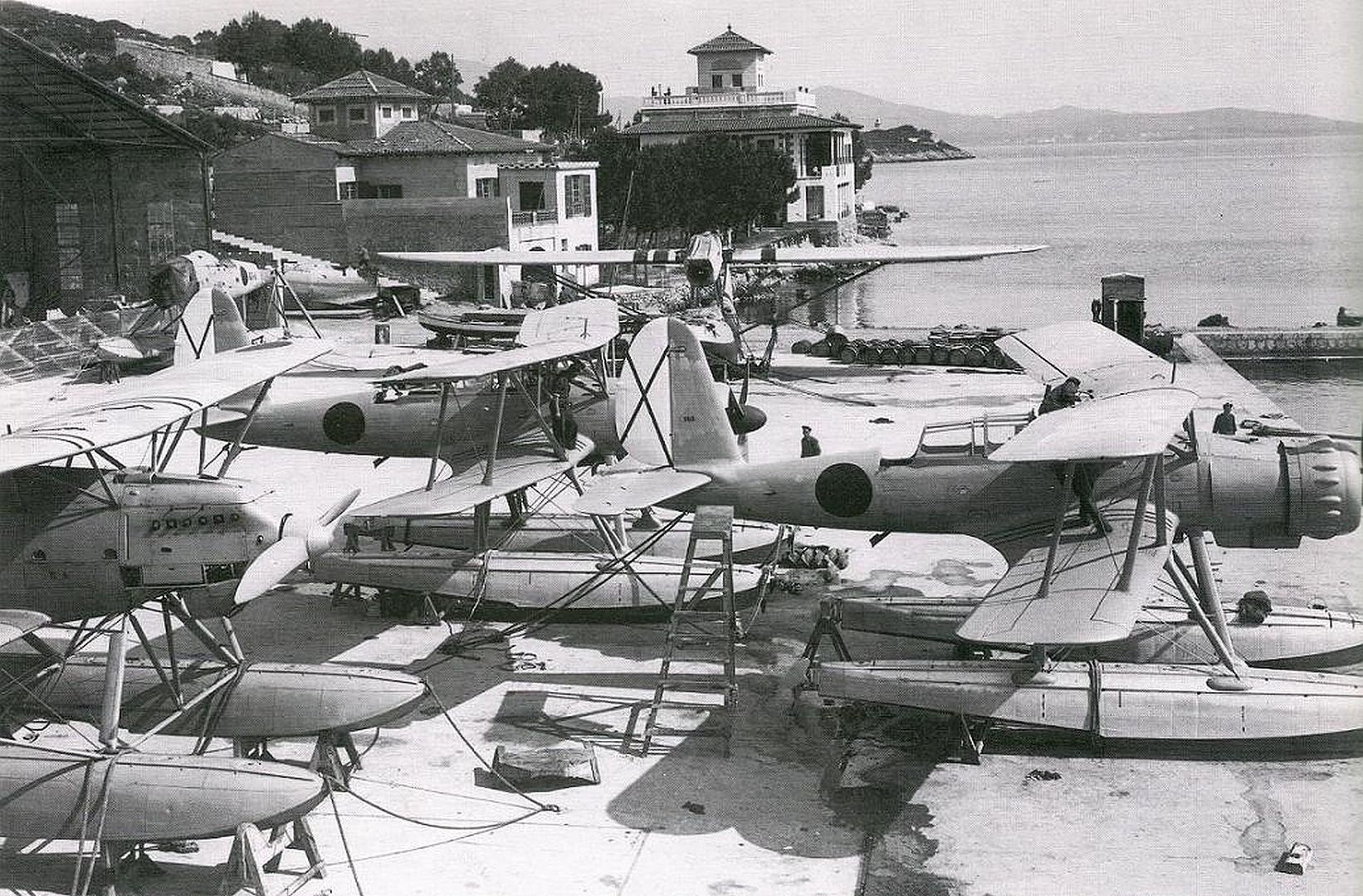
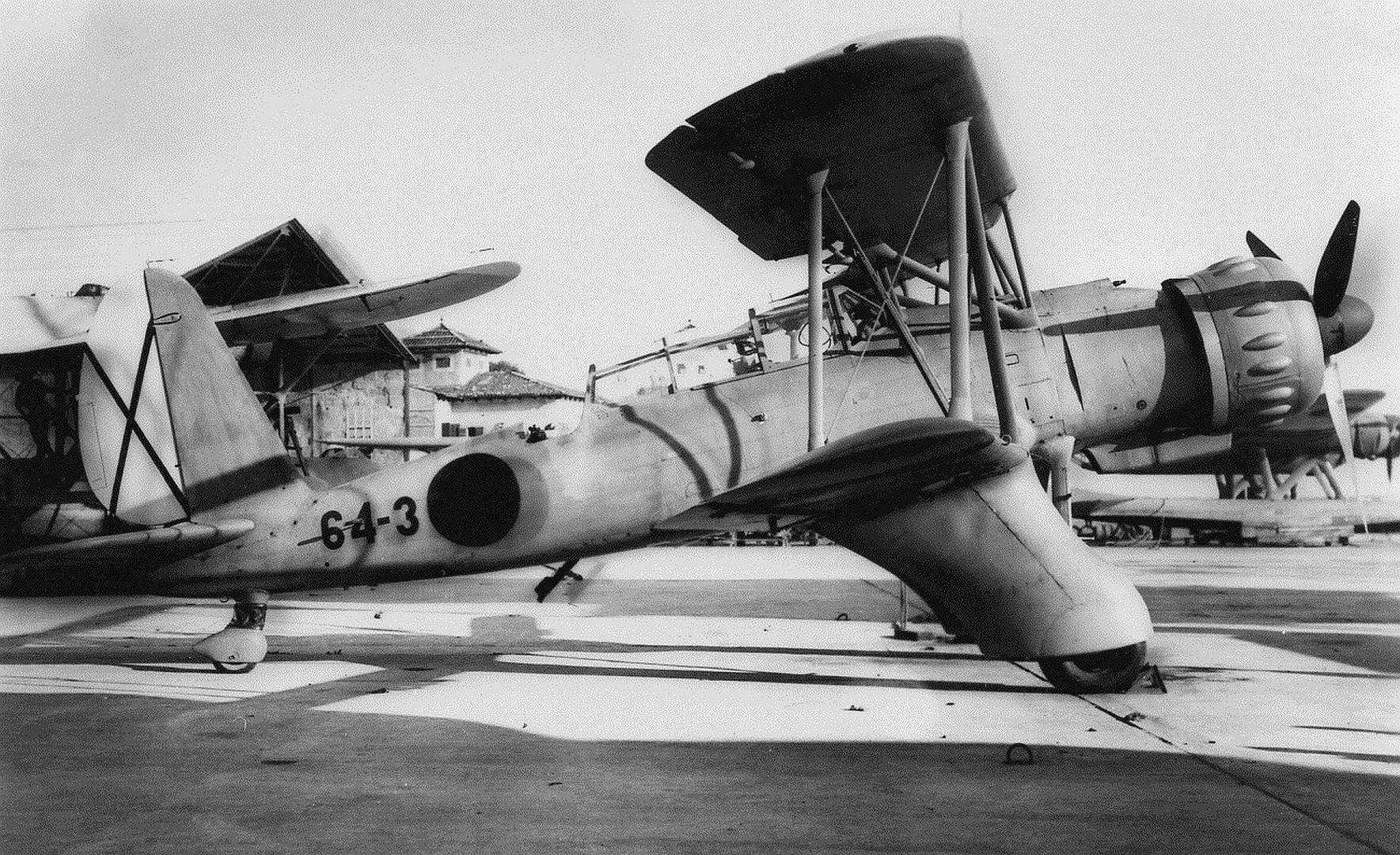
Below Chilean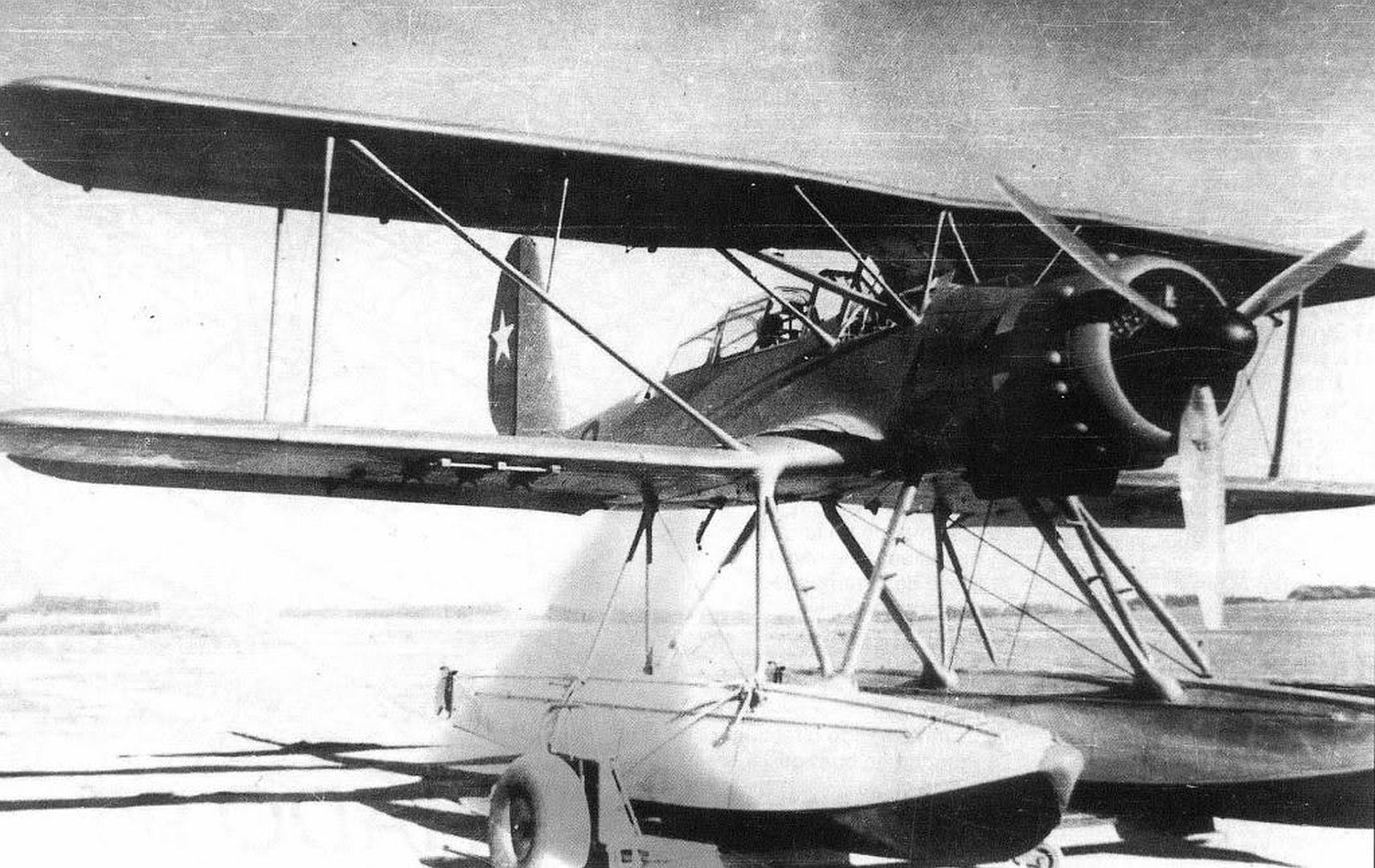
Below Luftwaffe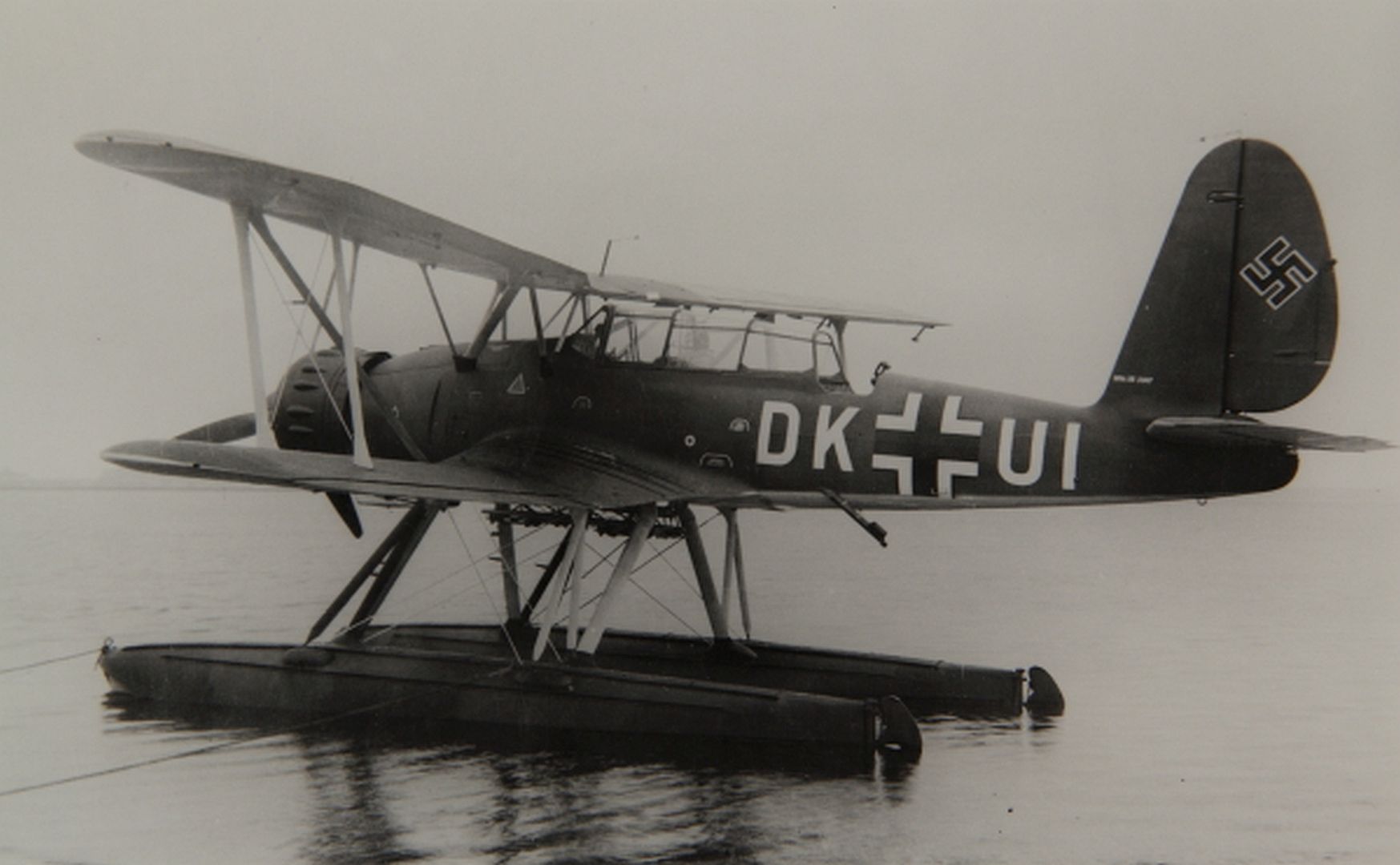
Specifications (Arado 95A-1)
General characteristics
Crew: 2
Length: 11.10 m (36 ft 5 in)
Wingspan: 12.50 m (41 ft 0 in)
Height: 3.60 m (11 ft 10 in)
Wing area: 45.40 m2 (488.7 sq ft)
Empty weight: 1,111 kg (2,450 lb)
Max takeoff weight: 3,560 kg (7,848 lb)
Powerplant: 1 × BMW 132De air-cooled 9-cylinder radial engine, 656 kW (880 hp)
Performance
Maximum speed: 310 km/h (190 mph, 170 kn) at 3,000 m (9,800 ft)
Cruise speed: 255 km/h (158 mph, 138 kn) at 1,200 m (3,900 ft)
Range: 1,100 km (680 mi, 590 nmi)
Service ceiling: 7,300 m (24,000 ft)
Rate of climb: 7.5 m/s (1,480 ft/min)
Armament
Guns: 1 × fixed, forward-firing 7.92 mm (.312 in) MG 17 machine gun and 1 × flexible 7.92 (.312 in) MG 15 machine gun in rear cockpit
Bombs: 1 × 800 kg (1,764 lb) torpedo or 500 kg (1,102 lb) bomb on underfuselage rack
Post a reply
- Go to Previous topic
- Go to Next topic
- Go to Welcome
- Go to Introduce Yourself
- Go to General Discussion
- Go to Screenshots, Images and Videos
- Go to Off topic
- Go to Works in Progress
- Go to Skinning Tips / Tutorials
- Go to Skin Requests
- Go to IJAAF Library
- Go to Luftwaffe Library
- Go to RAF Library
- Go to USAAF / USN Library
- Go to Misc Library
- Go to The Ops Room
- Go to Made in Germany
- Go to Campaigns and Missions
- Go to Works in Progress
- Go to Juri's Air-Raid Shelter
- Go to Campaigns and Missions
- Go to Works in Progress
- Go to Skinpacks
- Go to External Projects Discussion
- Go to Books & Resources
